Pattern recognition is the ability of machines to identify patterns in data, and then use those patterns to make decisions or predictions using computer algorithms. It’s a vital component of modern artificial intelligence (AI) systems.
This guide provides an overview of the most important techniques used to recognize patterns and real-world applications. We will look into what pattern recognition is, and review practical pattern recognition systems and forms of pattern recognition with AI.
- Pattern recognition in data analysis
- What is pattern recognition?
- How does pattern recognition work?
- Pattern recognition projects and use cases
Pattern recognition in data
Machine-driven data analysis
At the age of 5, most children can recognize digits and letters – small characters, large characters, handwritten, machine printed, or rotated – all easily recognized by the young. In most instances, the best pattern recognizers are humans, yet we do not understand how humans recognize patterns.
The rapidly growing amount of training data generated is making it impossible for humans to interpret and driving the need for machines to be able to identify patterns quickly and accurately. The ability to automate the recognition of patterns and regularities in data has many applications, from facial recognition software to tumor detection.
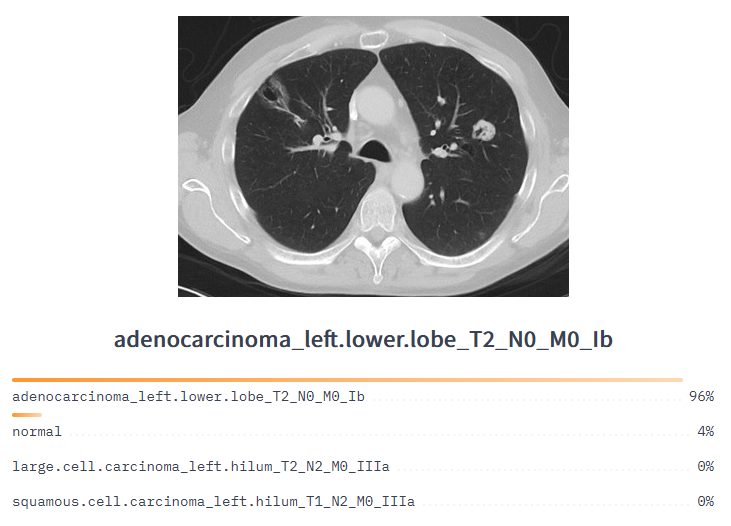
What is pattern recognition?
Pattern recognition analyzes incoming data and tries to identify patterns. The identification of regularities in data can then be used to make predictions, categorize information, and improve decision-making processes.
While explorative pattern recognition aims to identify data patterns in general, descriptive pattern recognition starts by categorizing the detected patterns. Hence, pattern recognition deals with both of these scenarios, and different pattern recognition methods are applied depending on the use case and form of data.
Consequently, pattern recognition is not one technique but rather a broad collection of often loosely related knowledge and techniques. Pattern recognition capability is often a prerequisite for intelligent systems.
At the heart of a pattern recognition system are computer algorithms that are designed to analyze and interpret data. The data inputs can be words or texts, images, or audio files. Hence, pattern recognition is broader compared to computer vision which focuses on image recognition.
Automatic and machine-based recognition, description, classification, and grouping of patterns are important problems in a variety of engineering and scientific disciplines, including biology, psychology, medicine, marketing, computer vision, and artificial intelligence.
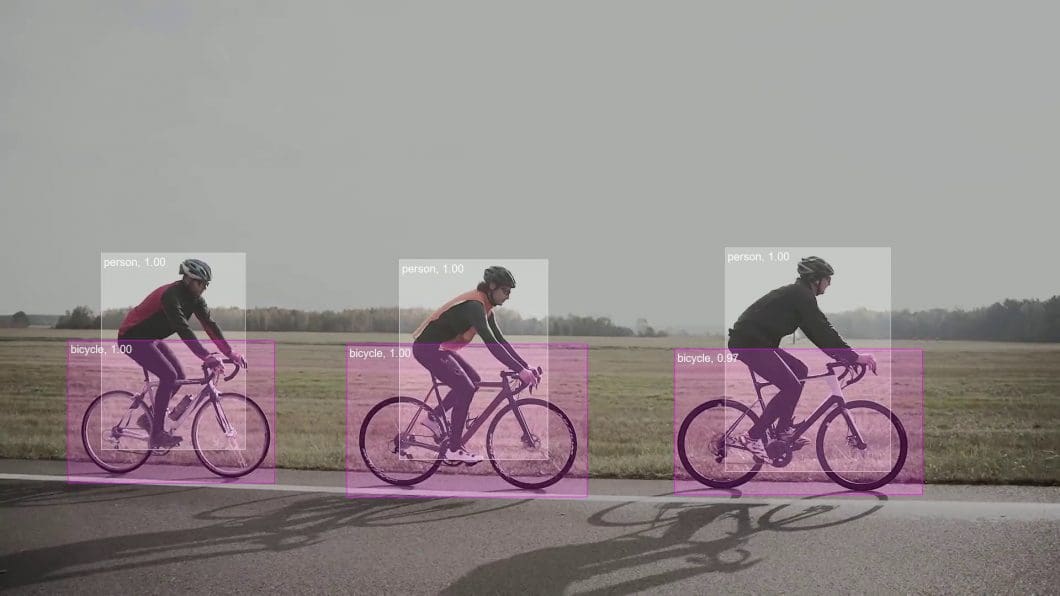
What is a pattern?
In 1985, Satoshi Watanabe defined a pattern “as the opposite of chaos; it is an entity, vaguely defined, that could be given a name.” In other words, a pattern can be any entity of interest that one needs to recognize and identify: It is important enough that one would like to know its name (its identity).
Therefore, patterns include repeated trends in various forms of data. For example, a pattern could be a fingerprint image, a handwritten cursive word, a human face, or a speech signal. A pattern can either be observed physically, for example, in images and videos, or it can be observed mathematically by applying statistical algorithms.
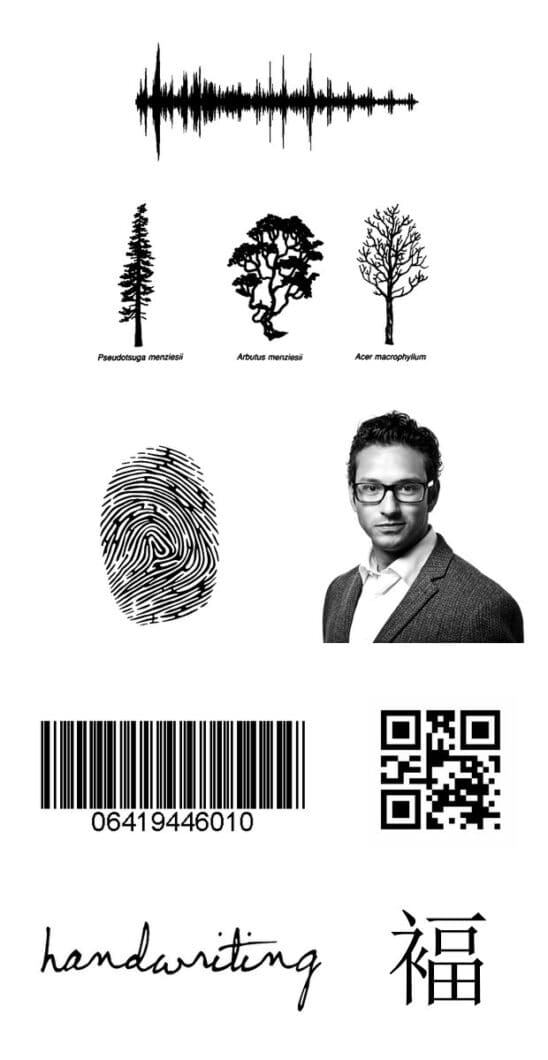
Pattern recognition technology
Given a pattern, its recognition and classification can consist of one of the following two tasks:
- Supervised classification identifies the input pattern as a member of a predefined class. (Descriptive)
- Unsupervised classification assigns the input pattern to a hitherto undefined class. (Explorative)
The recognition problem is usually posed as either a classification or categorization task. The classes are either defined by the system designed (supervised classification) or are learned based on the similarity of patterns (in unsupervised classification). We recommend checking out our article about supervised vs. unsupervised learning.
Pattern recognition is constantly evolving, driven by emerging applications that are not only challenging but also more computationally intensive.
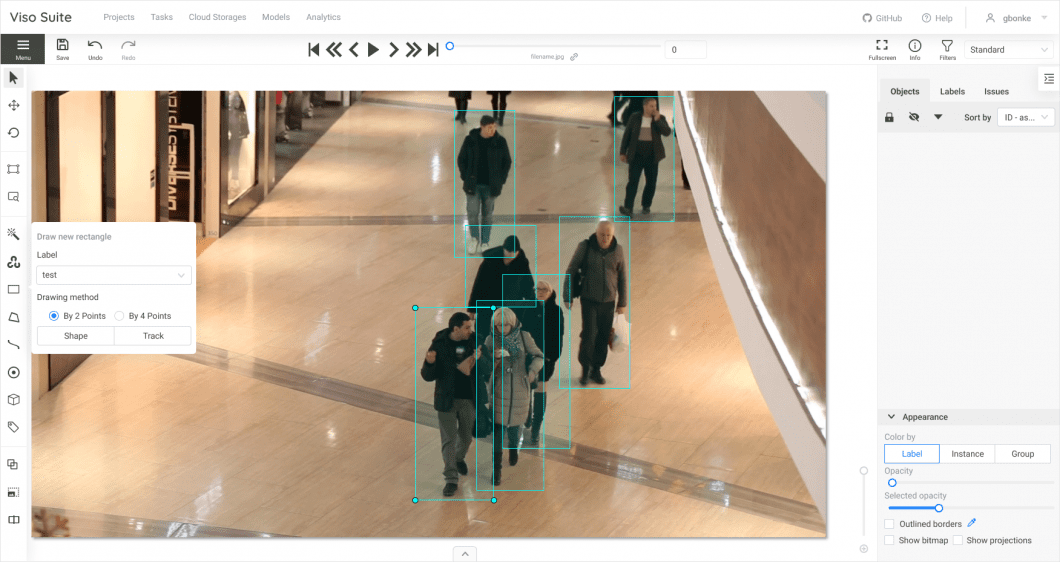
What is the goal of pattern recognition?
The goal of pattern recognition is based on the idea that the decision-making process of a human being is somewhat related to the recognition of patterns. For example, the next move in a chess game is based on the board’s current pattern, and buying or selling stocks is decided by a complex pattern of financial information.
Therefore, the goal of pattern recognition is to clarify these complicated mechanisms of decision-making processes and to automate these e functions using computers.
Definition of pattern recognition
Pattern recognition is defined as the study of how machines can observe the environment, learn to distinguish various patterns of interest from their background, and make logical decisions about the categories of the patterns. During recognition, the given objects are assigned to a specific category.
Because it is a constantly evolving and broad field, there are several definitions of Pattern Recognition, as it is a constantly evolving and broad field. An early definition of pattern recognition defines it as “a classification of input data via extraction of important features from a lot of noisy data” (1978, Thomas Gonzalez).
Another definition describes pattern recognition as “a scientific discipline whose aim is the classification of the objects into a lot of categories or classes. Pattern recognition is also an integral part of most machine intelligence systems built for decision making” (2003, Sergio Theodoridis).
In general, pattern recognition can be described as an information reduction, information mapping, or information labeling process. In computer science, pattern recognition refers to the process of matching information already stored in a database with incoming data based on their attributes.
Pattern recognition and Artificial Intelligence (AI)
Artificial Intelligence (AI) refers to the simulation of human intelligence, where machines are programmed to think like humans and mimic their actions. Most prominently, fields of artificial intelligence aim to enable machines to solve complex human recognition tasks, such as deep neural network face recognition. Accordingly, pattern recognition is a branch of Artificial Intelligence.
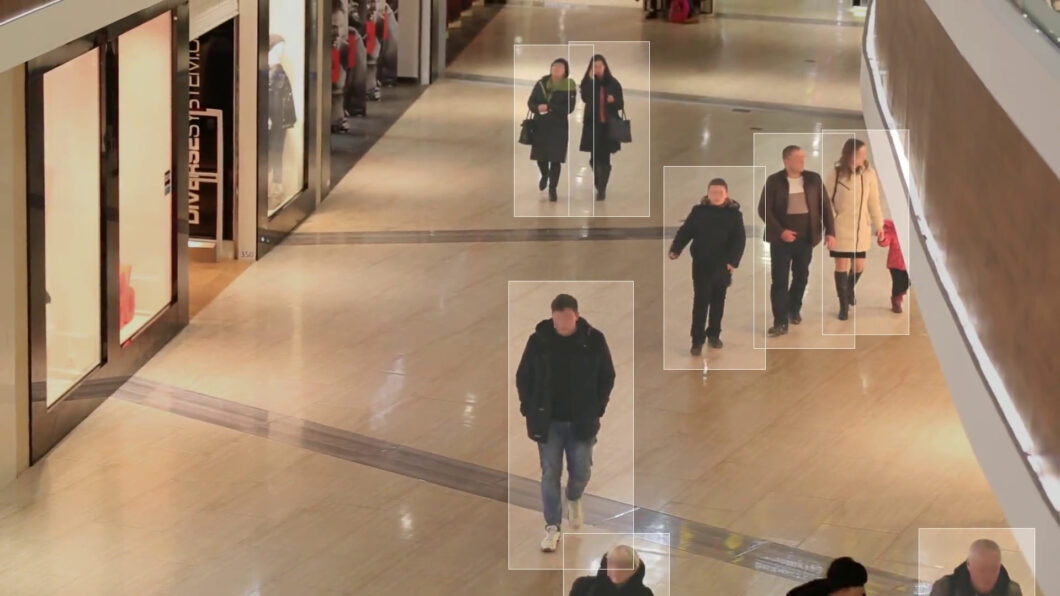
Pattern recognition and machine learning
Today, in the era of Artificial Intelligence, pattern recognition and machine learning are commonly used to create ML models that can quickly and accurately recognize and find unique patterns in data. Pattern recognition is useful for a multitude of applications, specifically in statistical data analysis and image analysis.
Most modern use cases of pattern recognition are based on artificial intelligence technology. Popular applications include speech recognition, text pattern recognition, facial recognition, movement recognition, recognition for video deep learning analysis, and medical image recognition in healthcare.
How does pattern recognition work?
Historically, the two major approaches to pattern recognition are
- Statistical pattern recognition (or decision-theoretic) and
- Syntactic pattern recognition (or structural).
The third major approach is based on the technology of artificial neural networks (ANN), called Neural Pattern Recognition.
No single technology is always the optimal solution for a given pattern recognition problem. All three or hybrid methods are often considered to solve a given pattern recognition problem.
Next, we will look into the most prominent methods used for finding patterns in data.
Statistical pattern recognition
Statistical Pattern Recognition is also referred to as StatPR. Among the traditional approaches to pattern recognition, the statistical approach has been most intensively studied and used in practice long before neural network methods became popular.
In statistical pattern recognition, the pattern is grouped according to its features, and the number of features determines how the pattern is viewed as a point in a d-dimensional space. These features are chosen in a way that different patterns take space without overlapping.
The method works so that the chosen attributes help the creation of clusters. The machine learns and adapts as expected, and then uses the patterns for further processing and training. The goal of StatPR is to choose the features that allow pattern vectors to belong to different categories in a d-dimensional feature space.
Syntactic pattern recognition
Syntactic Pattern Recognition, also known as SyntPR, is used for recognition problems involving complex patterns that can be addressed by adopting a hierarchical perspective.
Accordingly, the syntactic pattern approach relies on primitive subpatterns (such as letters of the alphabet). The pattern is described depending on the way the primitives interact with each other. An example of this interaction is how they are assembled in words and sentences. The given training samples develop how grammatical rules are developed and how the sentences will later be “read”.
In addition to classification, structural pattern recognition also provides a description of how the given pattern is constructed from the primitive subpatterns. Hence, the approach has been used in examples where the patterns have a distinct structure that can be captured in terms of a rule set, such as EKG waveforms or textured images.
The syntactic approach may lead to a combinatorial explosion of probabilities to be examined, requiring large training sets and very large computational efforts.
Template-matching
Template matching is one of the simplest and earliest approaches to pattern recognition. Matching is a generic operation that is used to determine the similarity between two entities of the same type.
Therefore, template-matching models try to discover similarities in a sample based on a reference template. Hence, the template matching technique is commonly used in digital image processing for detecting small sections of an image that match a template image. Typical real-world examples are medical image processing, quality control in manufacturing, robot navigation, or face recognition.
Pattern recognition in Natural Language Processing
Natural Language Processing (NLP) is a field of study that deals with the computational understanding of human language. NLP is particularly concerned with the recognition of patterns in text, to facilitate tasks such as machine translation, information retrieval, and text classification.
In recent years, NLP has made great strides due to the increasing availability of data and advances in machine learning. For example, Google Translate now uses a neural network approach called “Google Neural Machine Translation” that achieves much higher accuracy than previous methods.
Neural network pattern recognition
AI pattern recognition using neural networks is currently the most popular method for pattern detection. Neural networks are based on parallel subunits referred to as neurons that simulate human decision-making. They can be viewed as massively parallel computing systems consisting of a huge number of simple processors with many interconnections (Neurons).
The most popular and successful form of machine learning using neural networks is deep learning, which applies deep convolutional neural networks (CNN) to solve classification tasks.
Today, neural network pattern recognition has the edge over other methods because it can change the weights repeatedly on iteration patterns. In recent years, deep learning has proven to be the most successful method to solve recognition tasks. For more information and detailed descriptions of what neural networks are all about, we recommend you read our guide about Machine Learning and Deep Learning.
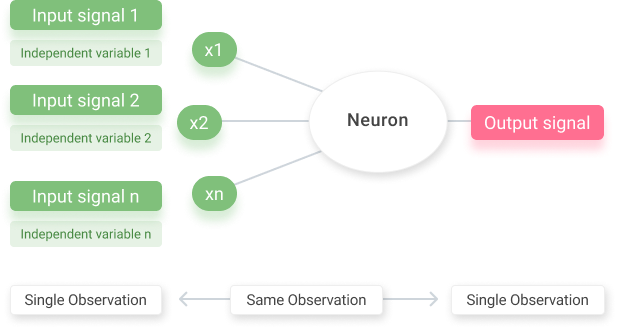
Hybrid pattern detection
After going through all the statistical pattern recognition techniques, it is evident that no algorithm is always the most efficient for any use case. Therefore, combinations of various machine learning and pattern recognition algorithms lead to the best results or enable the implementation of efficient and optimized pattern detectors.
Consequently, many pattern recognition projects are based on hybrid models to enhance the performance of the pattern recognizer for the specific use cases, depending on the type and availability of data.
For example, deep learning methods achieve outstanding results but are computationally intensive, while “lighter” mathematical methods usually are more efficient. Also, it is common to apply methods for data pre-processing before applying AI pattern recognition models.
Using the hybrid model will enhance the performance of the entire application or detection system.
Process of finding patterns in data
The design of pattern recognition systems essentially involves (1) data acquisition and preprocessing, (2) data representation, and (2) decision-making.
The pattern recognition process itself can be structured as follows:
- Collection of digital data
- Cleaning the data from noise
- Examining information for important features or familiar elements
- Grouping the elements into segments
- Analysis of data sets for insights
- Implementation of the extracted insights
Components of a pattern recognition system
There are several components to a pattern recognition system, including data acquisition, feature extraction, classification, and post-processing.
- Data acquisition involves collecting the raw input or signal processing data that will be analyzed.
- Feature extraction involves identifying the most relevant features or patterns within that data.
- Classification is the process of assigning labels to data based on the patterns or feature vectors that have been identified.
- Post-processing involves refining the classification output to improve accuracy and reduce errors.
Design principles of pattern recognition systems
When designing a pattern recognition system, there are various principles to consider:
One important principle is to use a modular design that allows for the easy integration of different components and algorithms. This is critical because time-to-obsolescence for ML and AI innovations today is probably only 12 months; for example, in object detection, the accuracy and efficiency of algorithms increase every year drastically. Modularity makes it possible to swap out components and test new algorithms to improve the system’s performance over time.
Furthermore, it’s important to select the right learning technique depending on the task and data. The most popular learning techniques are supervised, semi-supervised, and unsupervised learning.
For example, in computer vision, supervised learning is applied, which involves training the system on a set of labeled data (see image annotation). This allows a pattern recognition system to learn how to detect patterns and make accurate predictions based on that data. To learn more, see our article about supervised vs. unsupervised Learning.
Pattern recognition examples and projects
Image recognition
One common application of pattern recognition is image recognition. In this case, a computer vision system is trained to recognize certain patterns in images, and then it can identify images that contain those patterns. This can be used for tasks such as identifying faces in photographs, object recognition and classification, identifying landmarks, and detecting body poses or key points.
Video recognition
Video recognition is a subset of image recognition that deals with recognizing objects, events, or activities in videos. In video analytics, this can be used for tasks such as identifying people, intrusion detection, motion recognition, real-time object detection, and object tracking.
Stock market prediction
Using pattern recognition for stock market prediction applications is a classical yet challenging task to estimate the future value of company stock or other traded assets. Both linear and machine learning methods have been studied for decades. Only lately, deep learning models have been introduced and are rapidly gaining in popularity.
Optical character recognition
Optical character recognition (OCR) is the process of classification of optical patterns contained in a digital image. Character recognition is achieved through image segmentation, feature extraction, and classification. Read our article about OCR to learn more about the recognition of text.

Text pattern recognition
Machine learning-based pattern recognition is used to generate, analyze, and translate text. Hence, patterns are used to understand human language and create text messages. Accordingly, text recognition of words is used to classify documents and detect sensitive text passages automatically. Therefore, text pattern recognition is used in the Finance and Insurance industries for fraud detection.
Handwriting recognition
Handwriting recognition is used to compare patterns across handwritten text or signatures to identify patterns. Various applications are involved in the computer recognition of pen-input handwritten words. However, handwritten word recognition and spotting is a challenging field because handwritten text involves irregular and complex shapes.
Face recognition and visual search
Image recognition algorithms aim to detect patterns in visual imagery to recognize specific objects (Object Detection). A typical image recognition task is image classification, which uses neural networks to label an image or image segment based on what is depicted. This is the basis of visual search, where users can easily search and compare labeled images.
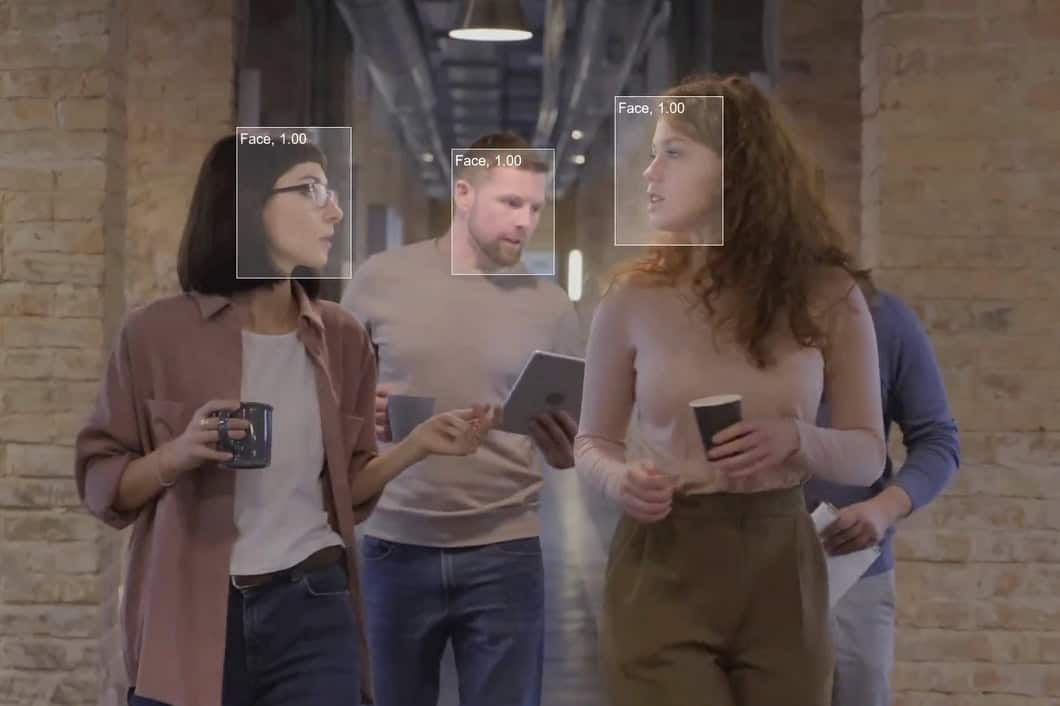
Voice or speaker recognition
Voice recognition systems enable machines to receive and interpret dictation or carry out spoken commands and interact accordingly. Speech recognition is based on machine learning for pattern recognition that enables recognition and translation of spoken language.
Emotion recognition systems
Machine learning in pattern recognition is applied to images or video footage to analyze and detect the human emotions of an audience. The goal is to indicate the mood, opinion, and intent of an audience or customers. Hence, deep learning is applied to detect specific patterns of facial expressions and movements of people. Those insights are used to improve marketing campaigns and customer experience.
Explore our research report on AI emotion recognition.
Benefits of pattern recognition
Pattern recognition methods provide various benefits, depending on the application. In general, finding patterns in data helps to analyze and predict future trends or develop early warning systems based on specific pattern indicators. Further advantages include:
- Identification: Detected patterns help to identify objects at different angles and distances (for example, in video-based deep learning) or identify hazardous events. Pattern recognition is used to identify people with video deep learning, using face detection or movement analysis. Recently, new AI systems can identify people from their walk by measuring their gait or walking pattern.
- Discovery: Pattern recognition algorithms allow us to “think out of the box” and detect instances that humans would not see or notice. Algorithm patterns can detect very fine movements in data or correlations between factors across a huge amount of data. This is very important for medical use cases; for example, deep learning models are used to diagnose brain tumors by taking images of magnetic resonance imaging.
In information security and IT, a popular pattern recognition example is the use of pattern matching with an intrusion detection system (IDS) to monitor computer networks or systems for malicious activity or policy violations. - Prediction: Forecasting data and making predictions about future developments play an important role in many pattern recognition projects, for example, in trading markets to predict stock prices and other investment opportunities, or to detect trends for marketing purposes.
- Decision-making: Modern machine learning methods provide high-quality information based on patterns detected in near real-time. This enables decision-making processes based on reliable, data-based insights. A critical factor is the speed of modern AI pattern recognition systems that outperform conventional methods and enable new applications. For example, medical pattern recognition, to detect risk parameters in data, providing doctors with critical information rapidly.
- Big-Data Analytics: With neural networks, it became possible to detect patterns in immense amounts of data. This enabled use cases that would not have been possible with traditional statistical methods. Pattern recognition is vital in the medical field, especially for forensic analysis and DNA sequencing.
What’s next?
Pattern recognition algorithms can be applied to different types of digital data, including images, texts, or videos. Finding patterns enables the classification of results to enable informed decision-making. Pattern recognition can be used to fully automate and solve complicated analytical problems.
We recommend reading those articles that provide more information about related topics:
